Complementary yoga therapy training: experiences and tips from lecturer Gisela Stauber - develop from yoga practitioner to yoga teacher to yoga therapist with IKT's pioneering training concept.
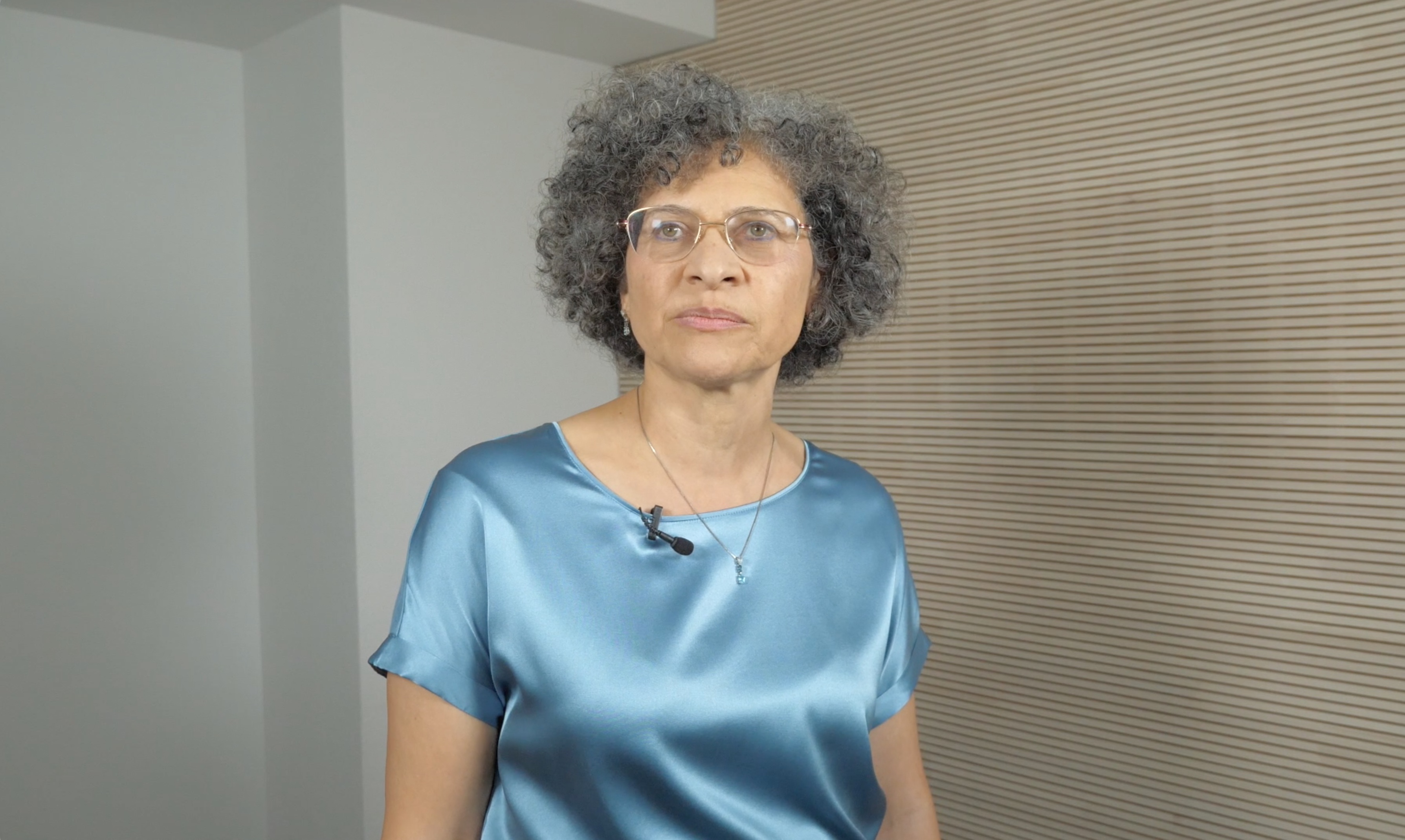
Who are you and what does your career look like?
My name is Gisela Stauber. I am a lecturer in yoga therapy at the IKT and a member of the training management team. As training manager, I supervise all three modules of the training: yoga practitioner, yoga teacher and yoga therapist as a complementary therapy method.
Who is the target group for the yoga complementary therapy course?
The target group for the Complementary Therapy Yoga course is anyone who is interested in health promotion. Whether as a second mainstay or to do something new.
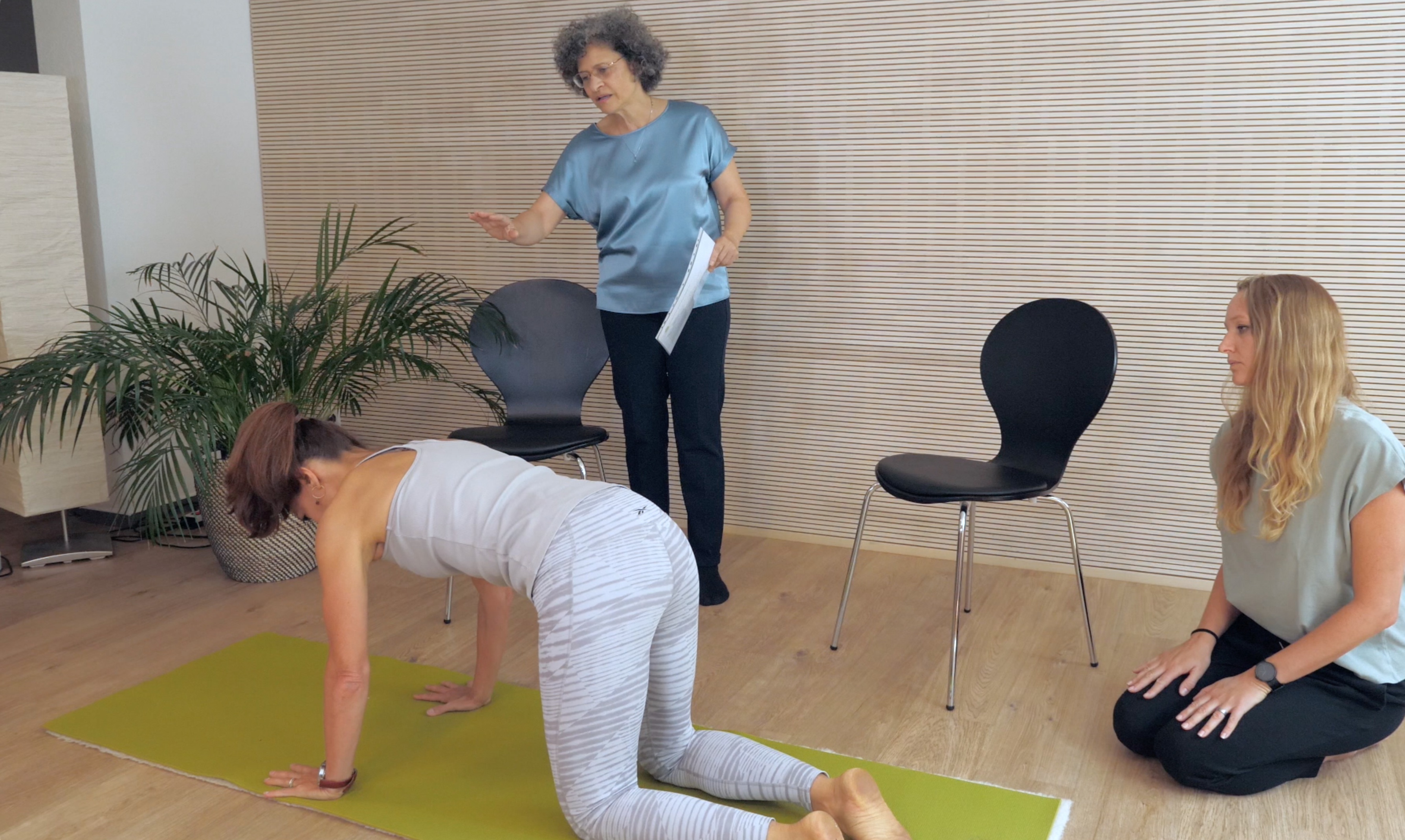
Are there certain admission requirements?
If you want to obtain the industry certificate as a complementary therapist, you need a secondary level 2 qualification - i.e. a vocational qualification. If you only want to train as a yoga practitioner or yoga teacher, there are no specific admission requirements.

What is the learning content?
The yoga training at the IKT Institute has a modular structure. This includes the three modules for:
- Yoga practitioner - here you get a complete overview of the entire yoga training (yoga exercises, breathing, mindfulness, meditation, psychology, philosophy, nutrition and Ayurveda)
- Yoga teacher - training as a teacher, Vini Yoga, qualification for giving group classes incl. medical basics and communication (health insurance recognition)
- Yoga therapist - training in therapeutic work, profession of complementary therapist
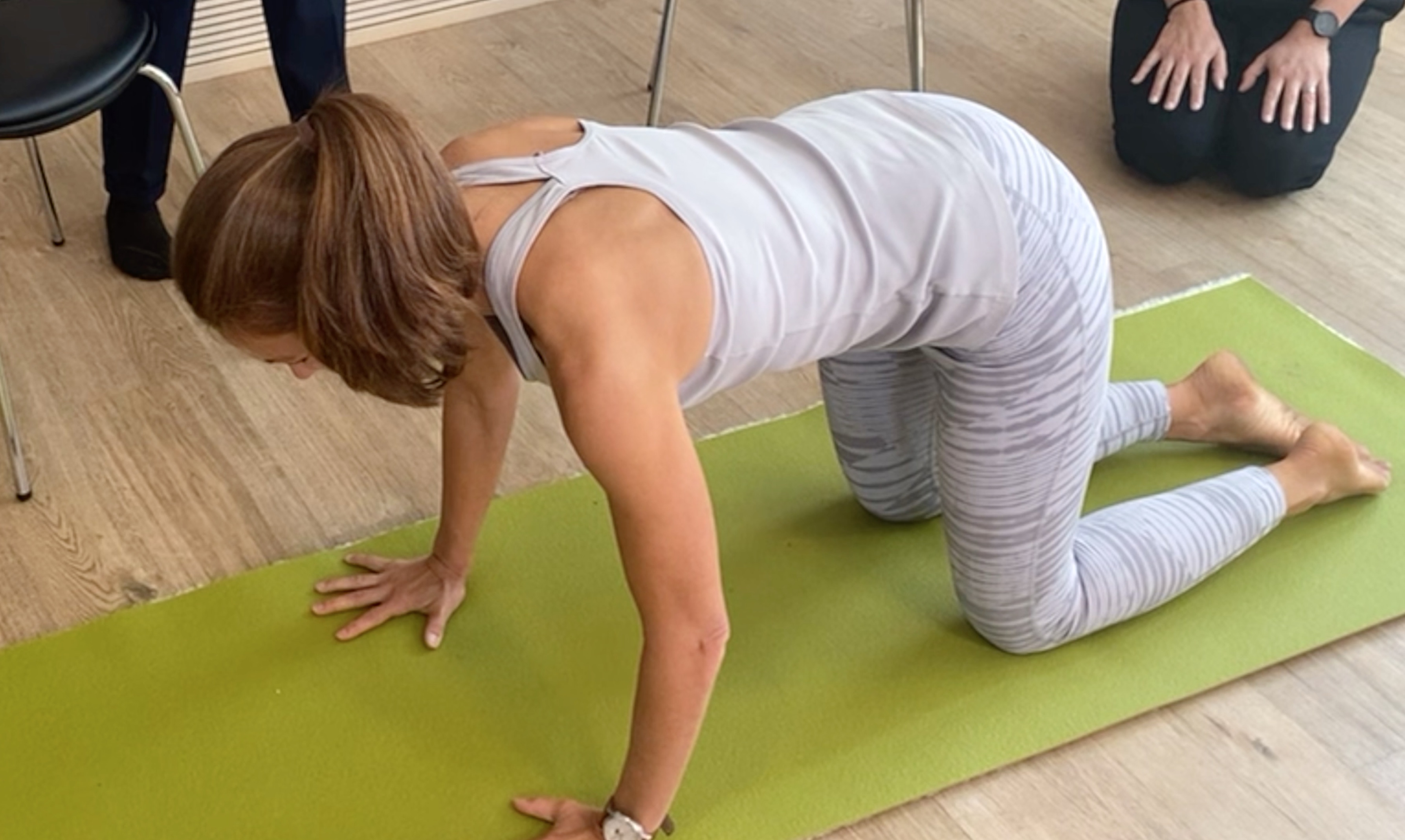
What is the difference between a yoga teacher and a yoga therapist?
There is a big difference between being a yoga teacher and a yoga therapist. You have a different role, attitude and setting in the two functions. As a yoga teacher you work with large groups of people and as a yoga therapist you work with individuals or in small therapeutic groups. In the latter case, the focus is on the personal process of the individual or small group, which should be sustainable in order to promote health. They also try to implement individual goals and personal change requests.
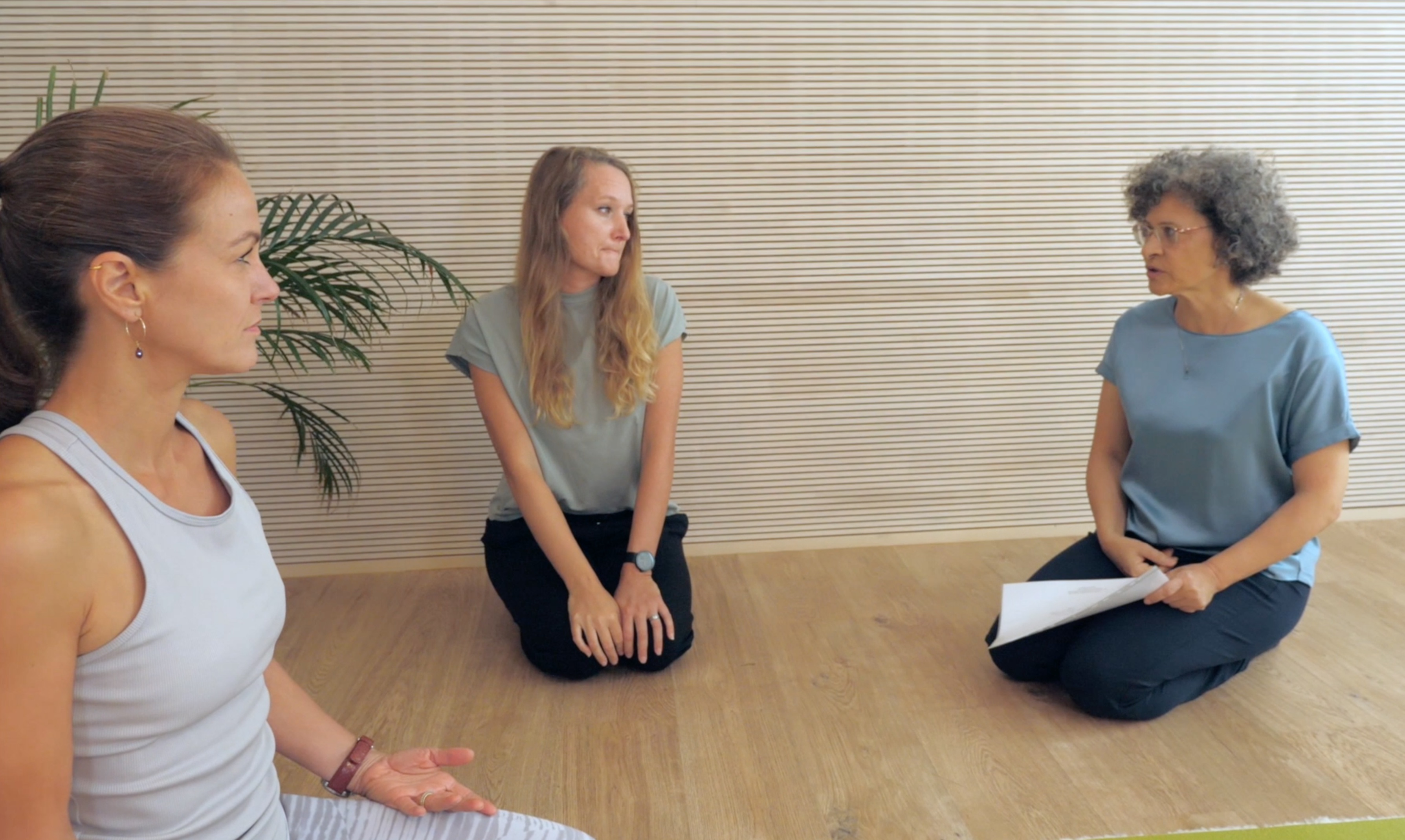
How long do the yoga training courses last?
The duration of the entire complementary therapist training in the yoga method is 4.5 years. We start in the first year with the yoga practitioner training. The yoga teacher training takes a further 1.5 years. The remaining two years are required for the yoga therapy training. After this, you can complete the training to become a complementary therapist with an industry certificate. After that, you can complete the training to become a complementary therapist with a federal diploma. This takes two years, during which you work therapeutically under supervision.
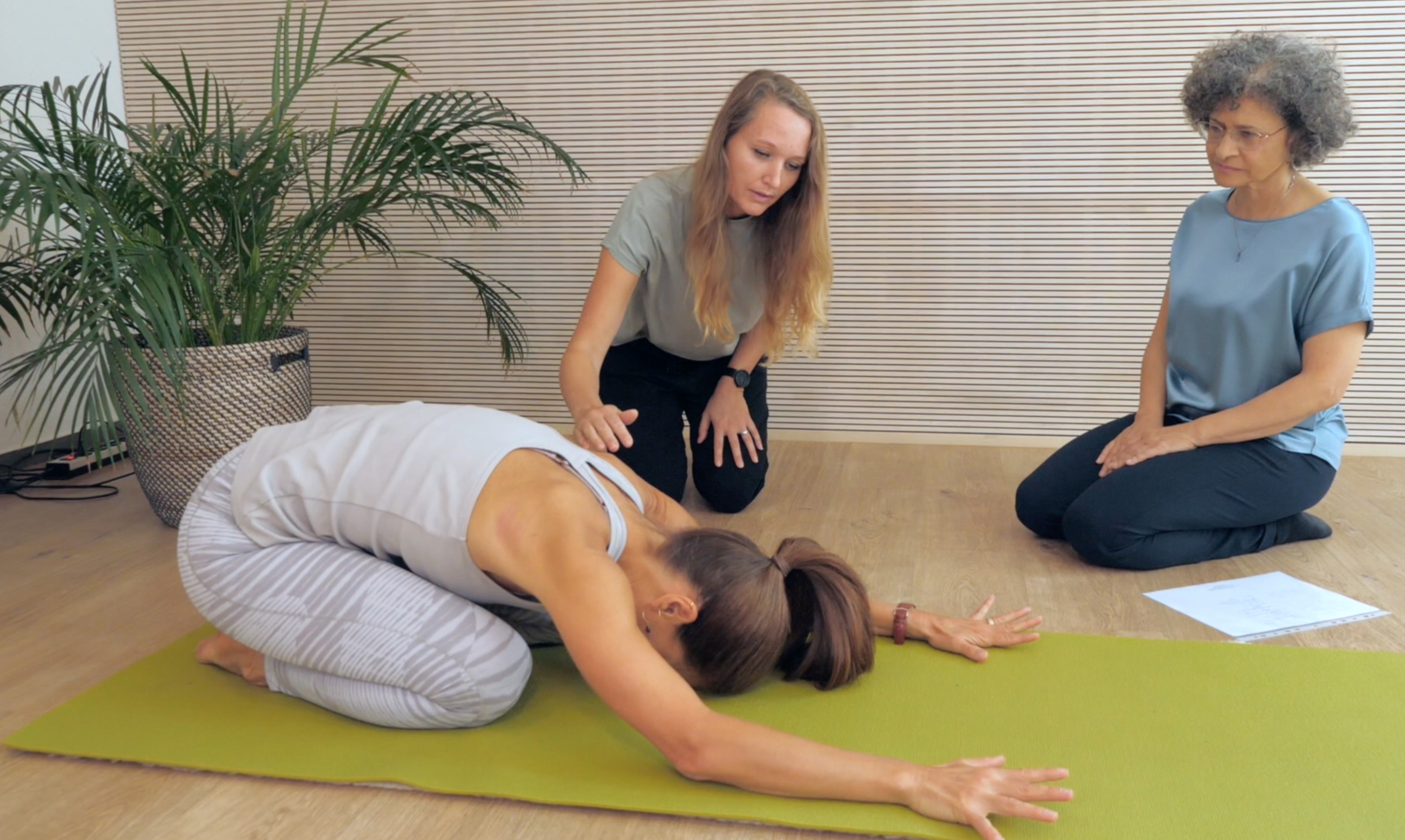
How do the learning assessments and exams work?
No examination is required to start as a yoga practitioner. This is more so that you can get a taste of the profession and get an impression of the work. Anyone who completes the yoga teacher training after 2.5 years will have passed a practical exam to show how to teach yoga. At the same time, however, you also have to complete certain modules from the Tronc Commun. After each module, you need a certificate of achievement, which you receive through a module examination. For the final part of the yoga therapist training, you need to pass a major examination by writing a diploma thesis, completing a practical examination and holding a specialist discussion. The practical examination lasts two hours and presents the diploma thesis. This is followed by a specialist discussion to determine whether the necessary skills have been acquired.
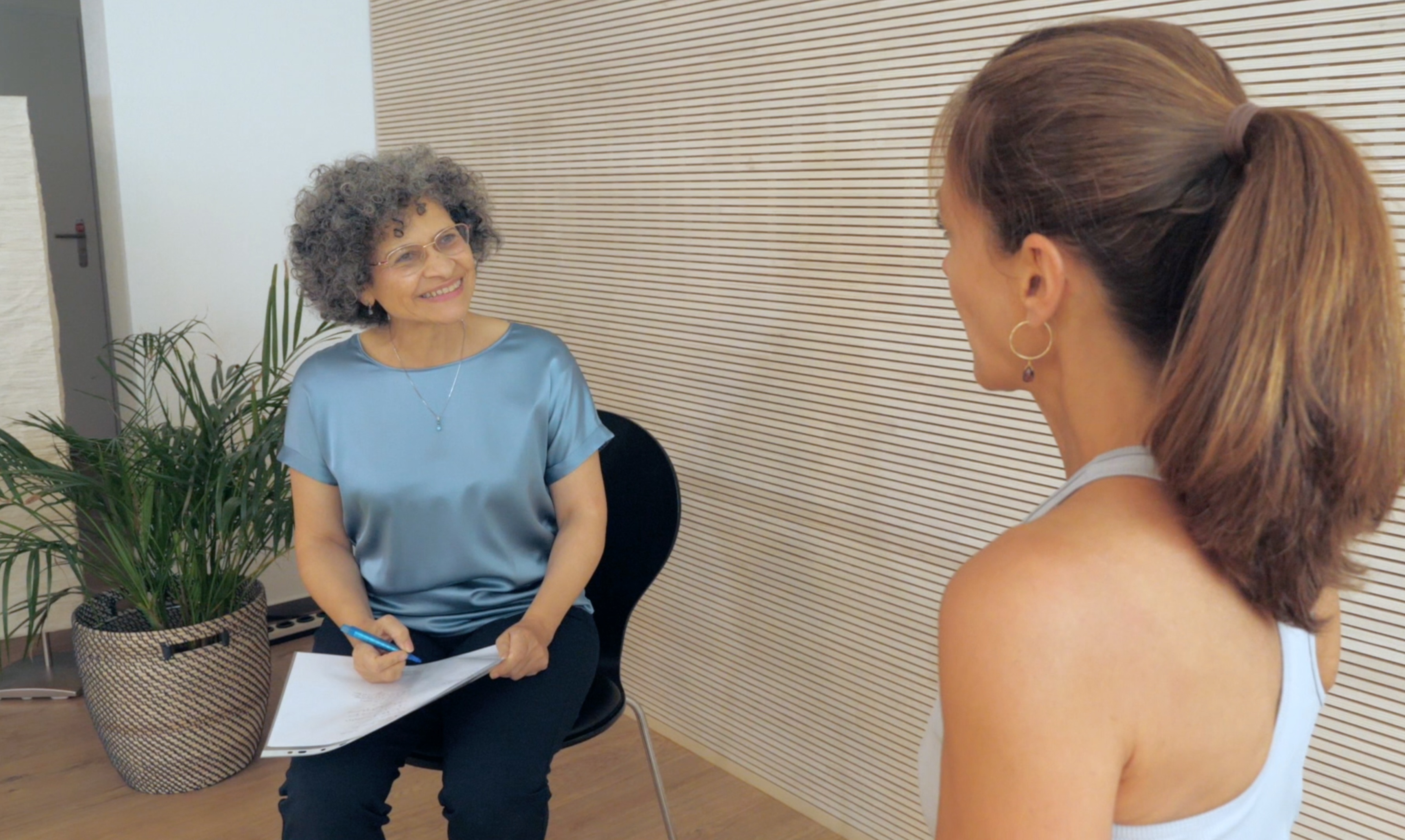
Why would you recommend the IKT Institute?
The IKT Institute is a very modern and innovative school. Our activities focus in particular on the quality of yoga training. We are also accredited as a school by the Organization of the Working World Complementary Therapy OdA KT. We as IKT have a pioneering role here. The profession of complementary therapist who works with yoga therapy is completely new. The embedding of this profession in the Swiss Education System is very innovative and unique in Europe. As we are the only school that offers complementary therapy with an industry certificate in the yoga sector, we really do have a unique offering here. Our team of twelve lecturers can also draw on an enormous wealth of knowledge and experience. Our students can of course benefit from this. The IKT is also very well networked, as we are involved in the boards of these associations. We are therefore also very involved in the development of this profession and can ensure a high quality of training.
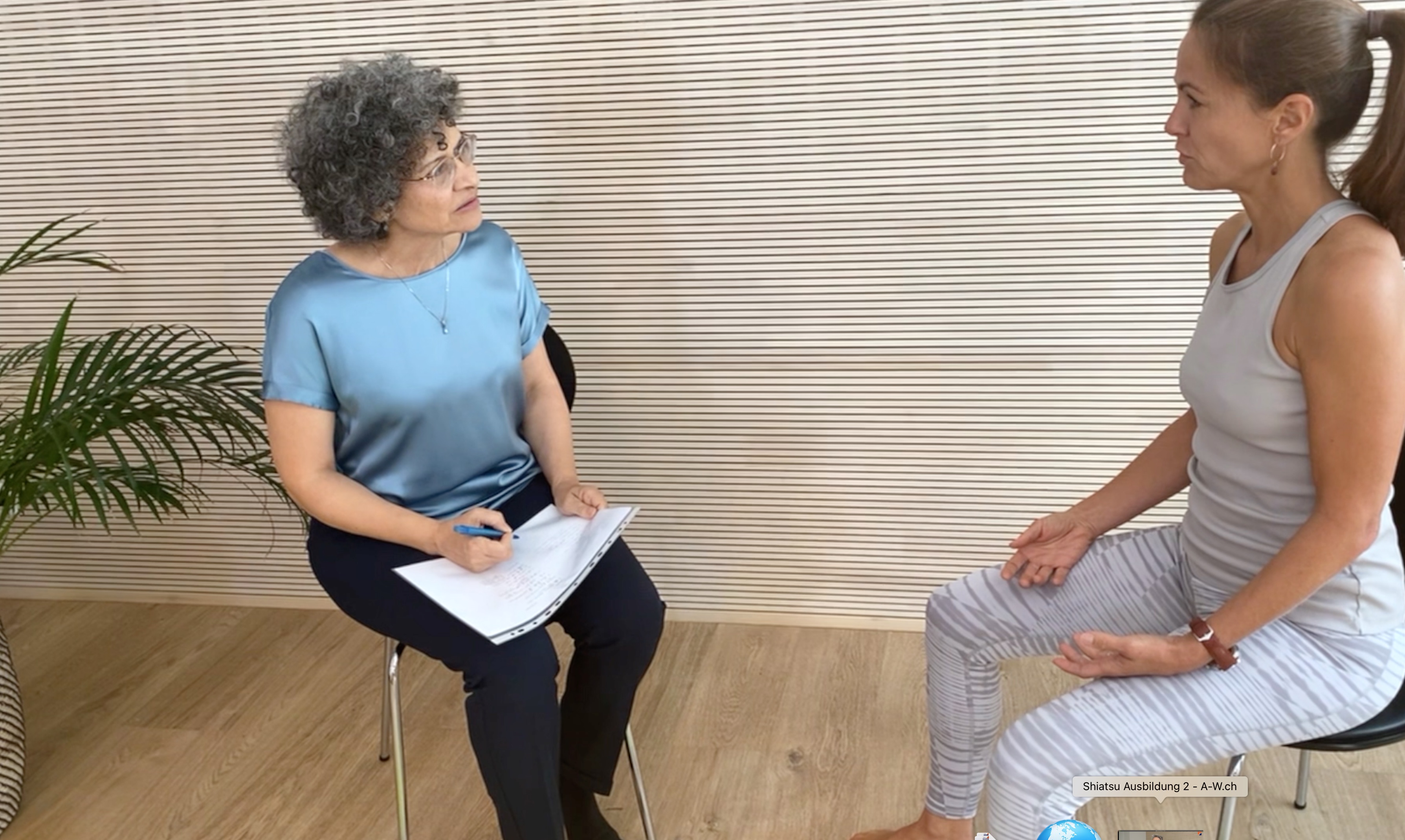
What job opportunities does a yoga therapist have?
A complementary therapist has a wide range of work opportunities. You can run an individual practice or work in a team with other yoga therapists. It is also possible to work in a joint practice with a doctor or psychologist, for example. It is also possible to work in a rehabilitation clinic, another clinic such as a pain clinic or in a hospital (e.g. oncology). Often forgotten is the possibility of using yoga therapy in social institutions, in human resources, in education or as a supplement to massage services. The potential of yoga therapy lies in health prevention in terms of stress reduction and mindfulness.
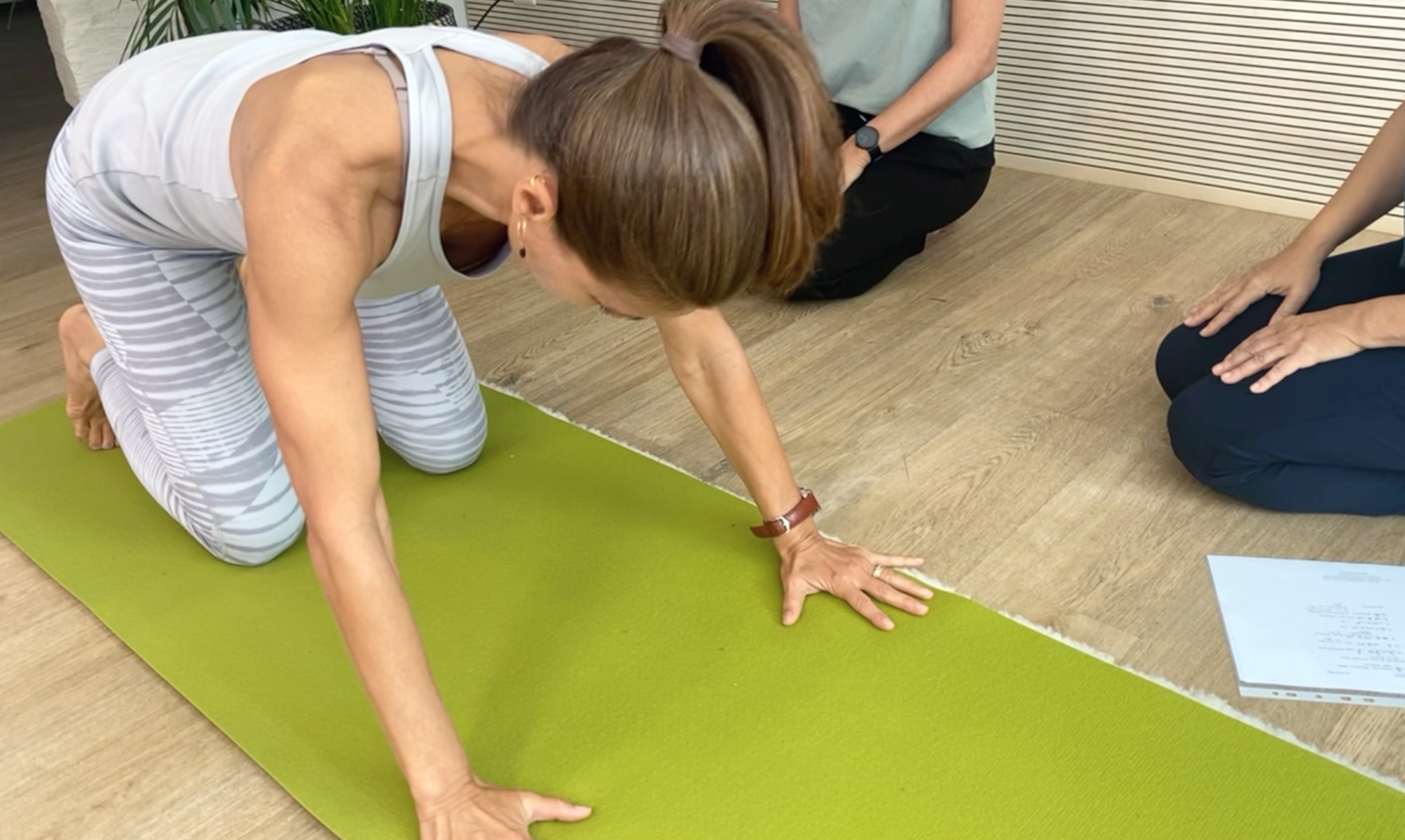
How much is a complementary therapist's salary?
As a rule, the hourly rate is between 120 and 130 francs per hour. People come for 1.5 hours at the beginning. This is followed by around five more consultations. This way you can earn a good income. The complementary therapist's salary always depends on the number of clients currently being treated and other expenses, e.g. for the practice.
Overview of yoga training providers
Overview of providers of complementary therapist training / complementary therapist training
